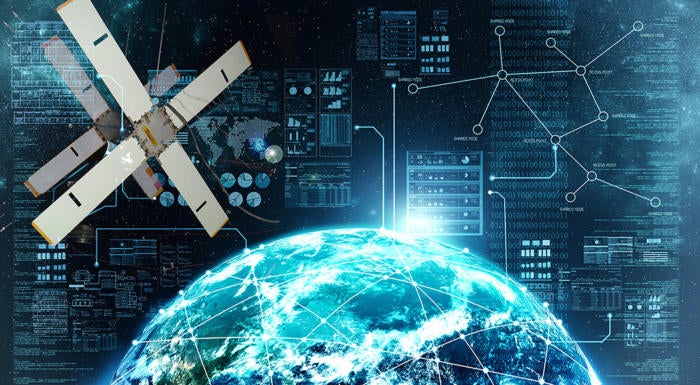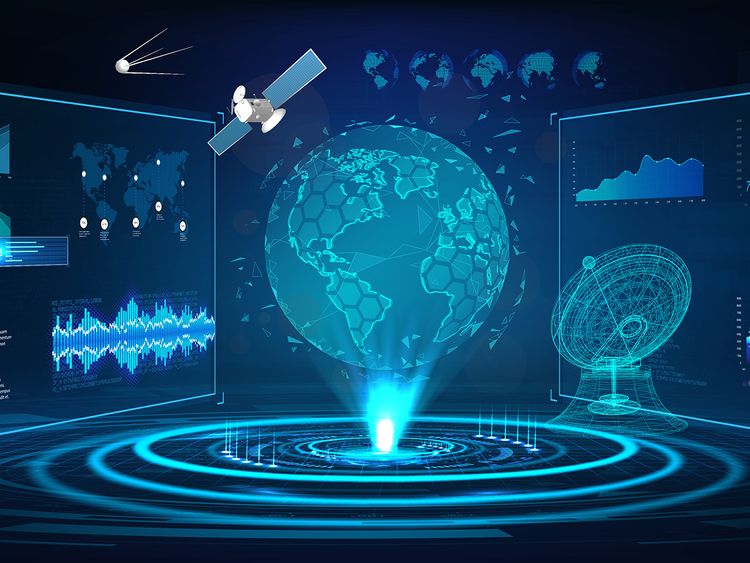The Best Fluffy Pancakes recipe you will fall in love with. Full of tips and tricks to help you make the best pancakes.

Throughout the ages we have witnessed a multitude of cyber attacks affecting major companies and the various multinational organizations of our time. We need not turn to history to have a glimpse at the damage and danger cyberwarfare poses when we have been living in a time rampant with them. The Red Cross Cyber Attack is an impeccable illustration of the potential harnessed by cyberwarfare in this day and age and its ability to affect the direction of the world as a whole.
The Red Cross Cyberattack
This was an attack conducted by hackers who managed to worm their way into the database of 60 or more Red Cross and Red Crescent communities. The attack was planned and executed on the 20th Jan 2022, The International Committee of the Red Cross issued a request to confidentially negotiate with the opposing party regarding the embezzled data.
The information available to the public regarding this event is awfully insufficient. This was a case where a group of hackers gained access to the database of an international level organisation that has a part in dictating the direction of the world.
Data is a versatile tool, it can be a weapon capable of catastrophic carnage or a contraption that can nourish and shape our world.
The Breach of the US Federal Government of 2020
In 2020, A cyberattack suspected to have been committed by a group of Russian hackers that managed to penetrate thousands of organizations across the globe, including those of the United States government. This was the primary cause of the data breaches occurring in this period.
The attack has been swept under the rug of us the people, but was later publicly reported on 13th of December 2020. Furthermore the data piracy had lasting repercussions, such as the financial failure that plagued the patrons of SolarWinds.
The systems were taken offline to undergo rigorous inspection and analyse the extent of damage.
These two instances give us a proof that cyberwarfare is unlike The World War, ending not in years but being an ongoing battle untold, unwritten and unfinished until one engulfs the other. It is not a stretch to say that somewhere in someplace there is a battlefield of hackers that are putting the mettle to the peddle, duelling it out at this very moment.
Peace is an communal construct, the presence and frequency of discrete cyber crime and war drastically increase during these times as it is the ideal tool to conduct covert operations. These assaults when effectively done are easy to launch and go virtually unnoticed. Because of this governments that are disinclined and cautious of the repercussions, and do not prefer these traditional types of incursions, resort to cyber warfare as a means to an end.
This is due in part to the fact that such attacks can be carried out clandestinely and in part to the lack of an international framework for establishing responsibility and sanctions on cyberattacks. As a result, nations like Russia and Iran -and occasionally even the United States- launch cyberattacks fairly frequently.
Recent Attacks
The list of cyberwarfare attacks that have been launched is tremendous! In order to understand the specialty of these attacks we must delve into the following examples;
WannaCry
A contagious ransomware that first appeared to be the work of a group of rogue hackers seeking to grab the pot under the rainbow.
It mainly targeted the computers that were running the Microsoft Windows Operating System. It encrypted data and demanded ransom payments in Bitcoin from the users of these systems.
It propagated using Eternal Blue, a Windows-specific vulnerability created by the United States National Security Agency (NSA).
A month before the attack, a group known as The Shadow Brokers seized and released Eternal Blue. Even though it wasn’t a zero-day exploit, much of WannaCry’s spread was from organizations that had not applied the patches of the Eternal Blue.
To conclude this, Marcus Hutchins analysed the ransomware and registered a Kill Switch. This KS prevented the infected computers from being encrypted or augmenting the spread of WannaCry. This disastrous attack affected more than 2,00,000 computers across 150 countries with a total damage ranging from hundreds of millions to billions of dollars. This was later suspected to be the work of the Russian government.
GitHub
A DDoS assault is a sort of attack that uses a botnet to flood a website with requests in an effort to bring it down.
Recently, GitHub became the victim of the largest DDoS in history. Although the perpetrator(s) of the attack remain undistinguished and at large, some have speculated that it was the work of a government after evaluating the efficiency and degree of impact.
Similar to WannaCry, the GitHub assault serves are an illustration of how common household computers, just like the one you are reading this on, are potential weapons to fuel the cyber war.
The Future of Cyber Warfare
There is an arms race underway as the scope of cyberwarfare today is scaling exponentially.
“Necessity is the mother of invention”; the colossal quantity of attacks tantamount to the need for fortification and deterrence against them. However the evolution of cyberwarfare is most likely to be influenced by the following three aspects within the coming decade;

AI and ML
Artificial intelligence (AI) is now being used in a variety of fields, and has been integrated and implemented by the governments forming unseen cyber weaponry.
The Cloud
When it comes to cyberwarfare, cloud storage is a double edge sword. Distributed storage can make it simpler to steal sensitive data because it only takes one vulnerable computer to infiltrate a system for an attacker to succeed. However, using the right encryption, cloud storage may be much more secure than HDD.
Blockchain
In the upcoming years, blockchain will change the world and cyber warfare by storm. It guarantees to shield data from the most frequent sorts of cyberattacks by giving numerous users a safe and secure means to communicate critical and confidential information. However it won’t be long until even blockchain is insecure.
Conclusion
It might not seem like you hold any significant power in comparison to the governments that would like to jeopardise your security and privacy, but you can exert some influence on the technology surrounding you and those in your hand. Simply encrypting and securing will help a lot in locking your network doors securely.
Encryption is a powerful tool. With encryption, even if someone were to obtain your data, they would not be able to read it, making it an aegis of defence for those that value their privacy and information.
Encryption comes in a variety of forms and is used for a wide range of gadgets. For example, PGP is frequently used to encrypt email. On your home Wi-Fi network, you should also utilise WPA2 encryption.
End-to-end encryption is the best kind of security you can have when using the internet. Although it may seem challenging, but there are quite a lot of ways to make it make is easier for us; a VPN like NordVPN will ensure that any data you send or receive online is protected using strong military-grade protocols. You can defend yourself against a variety of online dangers by utilising a VPN, regardless of whether they originate from government cyber weapons or are just the work of local hackers.
Getting a VPN is, in summary, the greatest and easiest approach to protect yourself in the future world of cyberwarfare.
https://thecyberdelta.com/zphisher-2-2-phishing-attack-on-linkedin/
https://thecyberdelta.com/the-awesome-suite-aircrack-ng-part-1/
https://thecyberdelta.com/cyber-laws-and-recent-changes/
https://www.imperva.com/learn/application-security/cyber-warfare/

